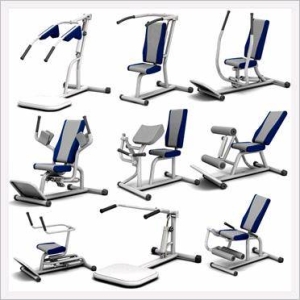Resistance training is a form of strength training where any form of resistance is created during the exercise. The resistance increases the intensity of the exercise and requires the athlete to exert more strength often at speed to develop power, which is a combination of strength and speed. Therefore, resistance training is best suited to the development of speed and power.
The HSC PDHPE syllabus has two (2) examples of resistance training: elastic and hydraulics.
Elastic resistance training
Elastic resistance training requires an elastic, often a large band or spring, to create the resistance during the exercise. Resistance band exercises are often used in rehabilitation or with people beginning a strength training program. Resistance band training is particularly useful because of its versatility, low cost, and ease of transport. There are however, some limitations to elastic resistance training:
- the resistance is smaller than can be produced through other methods,
- the resistance increases as the band or spring is stretched (NOT uniform resistance)
Hydraulic resistance training
Hydraulic resistance is produced by the compression of an air or liquid. Hydraulic resistance machines are generally very expensive, but have particular properties that make them advantageous for some athletes. Hydraulic machines increase their resistance as the exercise movement speed increases. i.e. the faster you move the greater the resistance created. This is a specific quality that specifically helps to produce power, making this training method useful for sports such as: power lifting, rugby, basketball etc.
Others
There are other methods, where resistance is created through friction. They are particularly used to improve an athlete’s speed and power. They include exercises such as: parachute running, tire flipping, weight sleds etc.

